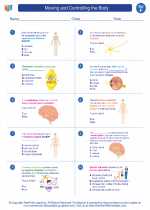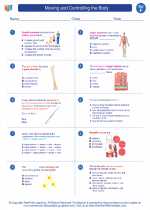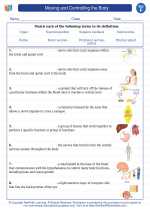Electricity
Electricity is the flow of electrical power or charge. It is a form of energy that powers our homes, schools, and many other devices we use every day.
Basics of Electricity
Electricity is caused by the movement of electrons, which are tiny particles found in atoms. When electrons move from one place to another, they create an electric current. This movement of electrons can occur in various materials, such as metals and conductive solutions.
Types of Electricity
There are two main types of electricity: static electricity and current electricity. Static electricity refers to the buildup of charge on the surface of objects, while current electricity is the flow of electric charge through a conductor.
Electric Circuits
An electric circuit is a path that allows electric current to flow. It typically consists of a power source (such as a battery or generator), conductive wires, and components such as light bulbs, motors, or resistors.
Conductors and Insulators
Conductors are materials that allow electric current to flow through them easily, while insulators are materials that do not allow electric current to flow easily. Common conductors include metals like copper and aluminum, while insulators include materials like rubber and plastic.
Study Guide
Here are some key concepts to focus on when studying electricity:
- Understand the basics of electric charge and the movement of electrons.
- Learn the difference between static electricity and current electricity.
- Be able to identify the components of an electric circuit and their functions.
- Recognize common conductors and insulators and their uses in everyday life.
- Practice solving simple circuit problems and understanding the relationship between voltage, current, and resistance.
Remember to review diagrams of electric circuits and conduct hands-on experiments to solidify your understanding of these concepts.
Good luck with your studies!
[Electrical] Related Worksheets and Study Guides:
.◂Science Worksheets and Study Guides Sixth Grade. Moving and Controlling the Body

 Worksheet/Answer key
Worksheet/Answer key
 Worksheet/Answer key
Worksheet/Answer key
 Vocabulary/Answer key
Vocabulary/Answer key
 Vocabulary/Answer key
Vocabulary/Answer key
 Vocabulary/Answer key
Vocabulary/Answer key
